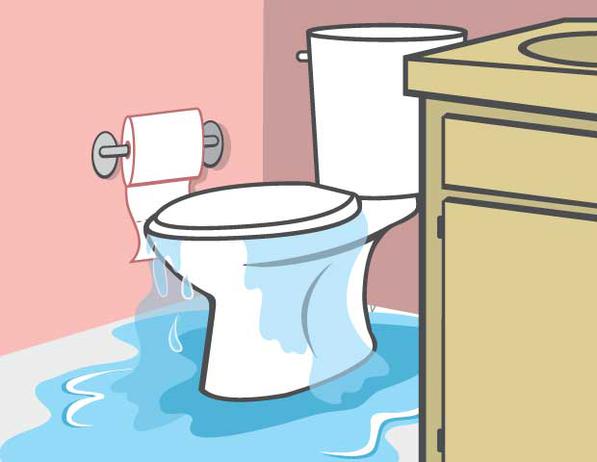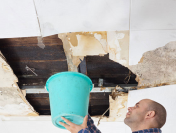We’ve written a lot about how to prevent a frozen pipe disaster by preparing your home for winter and protecting it with a freeze alarm. Â In this article we’ll discuss what to do if you discover a frozen pipe in your home and how to thaw it properly to prevent expensive and messy water damage in your house.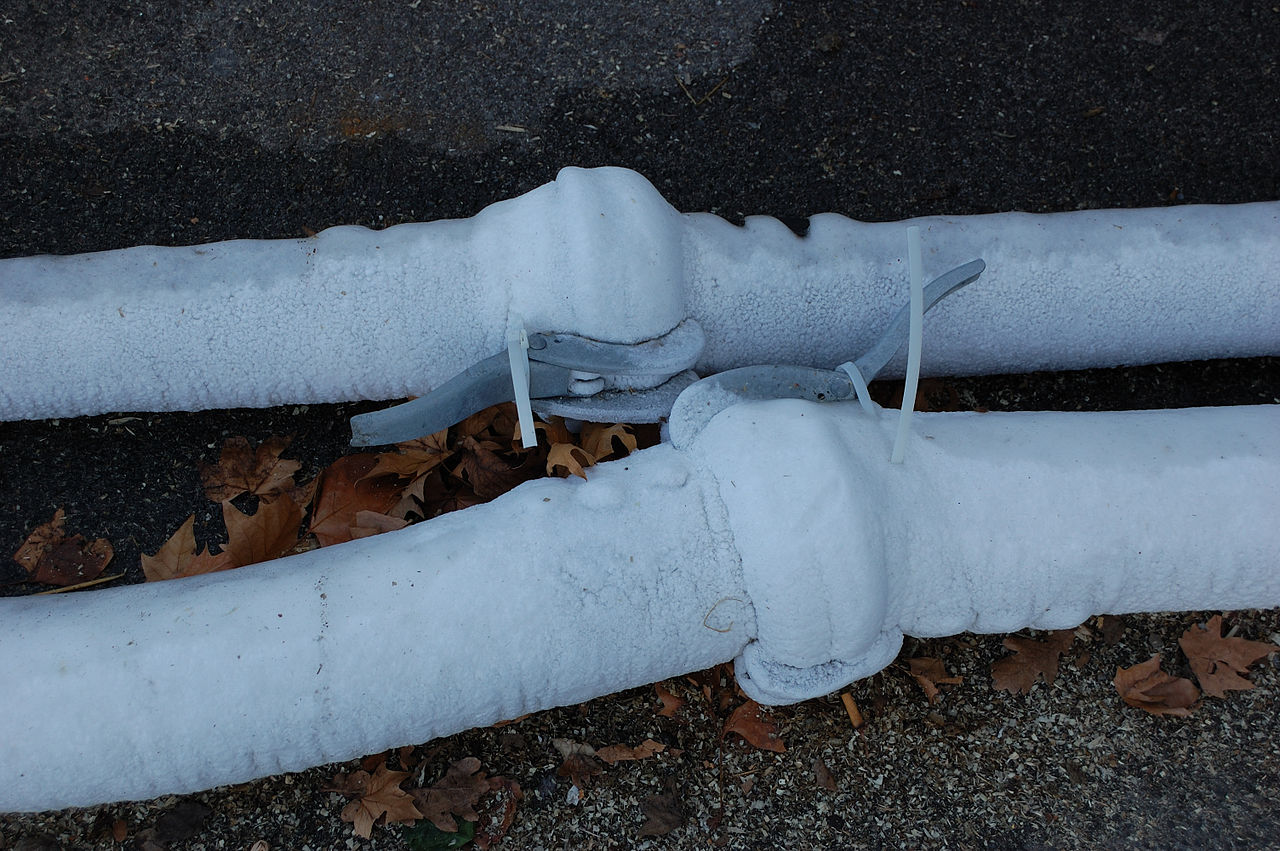
Why Do Pipes Freeze?
Very cold winter weather or a drop in indoor temperature due to a furnace failure or power outage can cause pipes to freeze. Â Some pipes are more at risk of freezing than others, including:
- Pipes in unheated areas
- Pipes located in exterior walls
- Pipes in under-insulated walls
- Any outdoor plumbing, such as water spigots and sprinkler systems.
How to Locate a Frozen Pipe
Start by looking at those pipes that are visible. Â Pipes coated in frost or bulging are likely to be frozen. Â Of course, not all of the pipes in your house are visible. Â If you notice that water isn’t flowing from your faucet or your toilet isn’t refilling after you flush, that’s a sign that you have a frozen pipe.
Since water expands when it freezes but pipes do not, there’s a good chance that your pipes will leak or crack from the pressure of the expanding water if you do nothing.  Instead, take immediate action and follow these steps to locate where the frozen pipes are:
- Begin by turning off the water main supply to prevent water from gushing out once the pipe is thawed.
- Next, open all of the taps around the house.
- If water isn’t running anywhere in the house, a pipe near the water meter may be frozen. Touch the water meter and the adjacent exposed pipes. If they are very cold, they are probably frozen.
- If water runs in only one part of the house, a pipe in an outside wall or un-insulated crawl space is probably frozen. Open kitchen and bathroom sink cabinets to allow warm air from the house to warm the pipes.
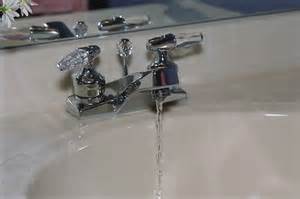 How to Thaw a Frozen Pipe
How to Thaw a Frozen Pipe
- Open faucets: Â Once you have located the frozen pipe, open the affected faucet all the way. Â Next, open all of the other hot water faucets in the house. When the water is flowing in the affected pipe, close all the faucets to a trickle. Do not close the affected faucet until the pipe is completely thawed and the water is flowing freely.
- Heat frozen pipes: Â The safest — and neatest — thawing methods involve a gentle heat source such as a hair dryer, heat lamp or household iron. Â Start from the interior faucet end of the pipe, and work your way toward colder end of the pipe to keep steam from being trapped by ice and bursting the pipe. Â You can also pouring boiling water over rags or towels and wrap them around a frozen pipe, however, this method is messy. Â Never pour boiling water directly onto a frozen pipe. Â Wrapping the affected area with thermostatically controlled heat tape is another effective way to quickly thaw frozen pipes. Â Note: Â Never use a propane torch or other open flame to thaw a pipe because it can heat the pipe too quickly and cause it to explode.
- Check for leaks: Â With the faucet open, you will see when the ice in the pipe has melted because the water will begin to flow. Â After pipes have thawed, turn off all water to faucets and the icemaker and monitor the water meter for any unseen leaks.
If a Pipe Bursts
- Shut off water at the main valve.
- If the break is in a hot water pipe, close the the valve on top of the water heater.
- Call a plumber immediately. Keep an emergency number nearby for quick access.
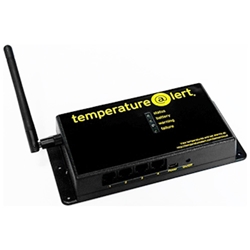 How to Prevent Frozen Pipes
How to Prevent Frozen Pipes
Water damage from frozen pipes that burst is one of the most common and costly home insurance claims, averaging $5,000 per incident.  To prevent pipes from freezing in the first place, follow these steps outlined by Popular Mechanics.  Home improvement experts and home insurance companies also recommend investing in these two devices to prevent catastrophic water damage in any home:
- AÂ water main shutoff valve that turns off the main water supply automatically when a plumbing leak is detected;
- A freeze alarm that alerts you by phone call, text or email if indoor temperatures plummet to a dangerously low level
For second homes in cold climates, both of these devices are a must-have for round-the-clock protection when the home is unoccupied.
Sources: Â oldhouseweb.com; Â todayshomeowner.com


